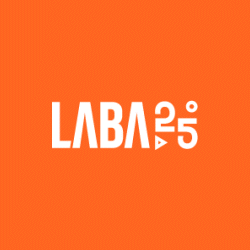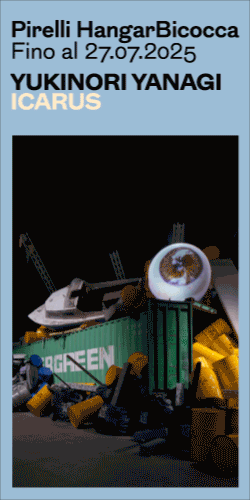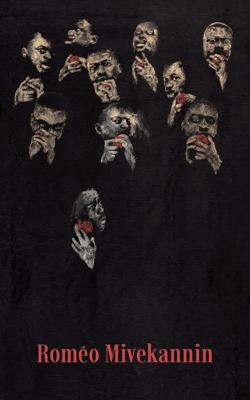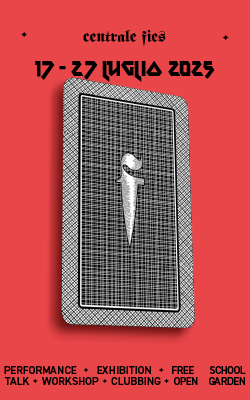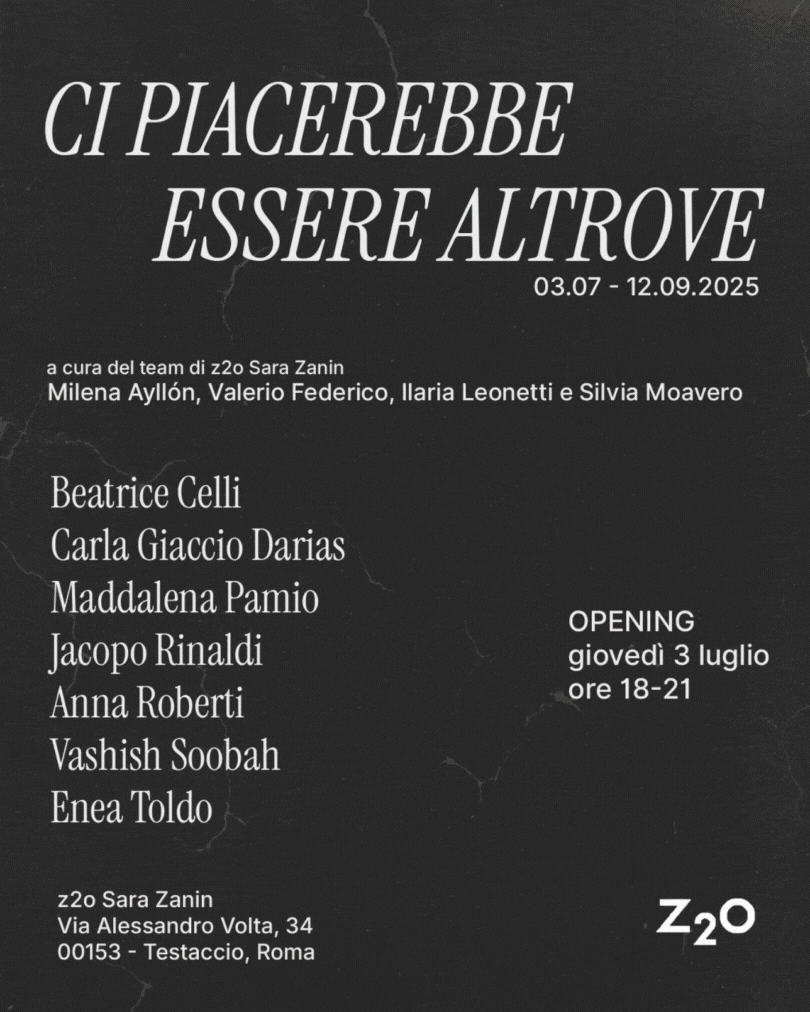[nemus_slider id=”50472″]
—
Isabella Paghera asks Andrea Galvani some questions about his solo show The Sun, a Gold Nugget and Seven Stairs at The Ryder in London (9 October- 5 December, 2015).
IP: Let’s start with the title: The Sun, a Gold Nugget and Seven Stairs. Why did you choose this name for the exhibition? What does it refer to?
Andrea Galvani: The title is a literal description of elements that compose and catalyse the show. The Sun, a Gold Nugget and Seven Stairs is a reconfiguration of selected works from The End trilogy: international exhibitions I presented this year in Lima, New York, and Mexico City. The End was developed after two years of research conducted in the United States and Mexico. Works in the show are visual manifestations of a series of actions realized in collaboration with scientists, engineers, pilots, cameramen, producers, and vocalists.
IP: The gallery space seems transformed into a scientific laboratory – the walls are completely covered by numbers and equations which are interrupted by a set of ladders that lean against the walls. Everything is calibrated in a specific way but there is still a sense of mystery, the feeling that something is about to happen or just happened. I learned there was a performance that took place during the opening and several times throughout the exhibition – can you describe this?
AG: For the performance, I collaborated with two physicists to stage an intervention. Florence Liggins and Stephane Mangeon from Space and Atmospheric Physics of the Imperial College of London wrote mathematic formulae directly on the gallery walls, a numerical and scientific description of the invisible forces and natural phenomena that generated the works in the show. Space was progressively transformed with an influx of visual information. The result is a latitudinal/longitudinal extension of the show’s perspective. It is total immersion into a parallel language, precise yet abstract. The ladders are a bridge between the action and the ground. There’s also a paradox in that the ladders create a distance – they don’t lead anywhere; movement is restricted by the wall. Nevertheless, to ascend the stairs is to elevate oneself – metaphysical elevation is more powerful than the physical act of going upwards, and it’s a common denominator for all works in the show. The mind can go where the body can’t. There’s always this tension between possibility and impossibility.
IP: I was particularly struck by the video, The End [Action #5], shown on a gold MacBook screen which rests on top of a concrete pedestal almost like a monument. How was this work produced?
AG: The video was shot from a military aircraft flying at supersonic speeds opposite the earth’s rotation. The sun is suspended in its descent over an oceanic horizon, an attempt to freeze time at the point of separation between day and night. Rapid velocity produced violent vibrations, destabilizing the boundary of sea and sky. The End [Action #5] describes the tension of in-between states and distorts our experience of time.
IP: I see the video was produced with 16mm film and later transferred to HD. Is there a particular reason behind your choice to adopt the analogue?
AG: I decided to use 16mm film in order to place these works within a specific moment in the history of moving images. Analogue represents a particular period of time. In the late 1940s-1950s, there was an explosion of film in our everyday lives: television sets became standard features in many households, and color was soon introduced to film production. This roughly coincides with the advent of supersonic aviation. There’s also a site connection between these two things, with Hollywood as the center of film production and southern California as the military testing ground for supersonic flight. In 1947, U.S. Air Force Captain Chuck Yeager was the first to cross the sound barrier. Conceptually, I feel these developments are connected: both represent dramatic changes in how we perceive and understand reality. The wooden ladders used by the physicists to write on the walls in the performance are also from this time, so a specific temporality extends throughout these various elements in the show.
IP: So far you’ve described two of the three elements in the title: the sun and the stairs. Can you tell me more about the gold nugget and its significance in the show?
AG: It was part of the action which produced the photography series Llevando una pepita de oro a la velocidad del sonido, images that suspend the moment in which military jets are crossing the sound barrier. The gold nugget accompanied me as I flew parallel to capture this event, it was accelerated to the speed of sound. There’s also a strong connection between gold, the earth, and the sun. Present in the dust of a primordial universe, gold has been at the centre of the earth since the beginning of geological time. Au, its abbreviation in the periodic table of elements, is derived from the Latin word for gold, “aurum, ” which refers to the golden yellow glow of dawn, the rising sun. In the show’s configuration, there’s a visual and spatial relationship between the sculptural forms of The End [Action #5] and the gold nugget, suspended above a similar concrete pedestal.
IP: I can see in your works a dualism: rationality always seems mixed with sentimentality. You have a very scientific approach, but I feel the effect of your work is emotional and sublime. In The End [Action #5], the plane’s speed and trajectory create the illusion of spacetime compression, revealing an unsettling instability. Can you say more about the emotional side of works such as this?
AG: We try not to think about the end. We constantly reorient our perspective in order to protect ourselves from the thought of death, though the parabolic progression of birth, maturation, and inevitable death is nevertheless embedded in the natural movement of earth and the cosmos. The setting sun reminds us that we are part of a cycle. Our bodies change, we are irrevocably engaged in this fated process. Spirituality is the only way to transcend our physical destiny. The End [Action #5] was produced at a moment in my life when death and separation were very present. To deal with this pain, I felt the only solution was to suspend time: to stop time in order to stop pain. I wanted not only to stop time, but to reverse it – this became more than a psychological obsession, it became a physical need. It was from this urgency that The End was born.
IP: The process plays a fundamental role in your art; you often spend years researching in order to acquire the proper knowledge of what you want to investigate in your next project. Which are your sources of inspiration? And your starting point?
AG: I grew up in a very scientific environment. My father was a surgeon – he was part of the team that performed the first successful kidney transplant in Italy in 1968. As a child, I was curious and inquisitive: I sought to understand nature and my surroundings through observation and experimentation. My work is still based on this same curiosity, and is largely informed by science. Scientific theory and methodology are integrated into the structure of my projects, practically through continuous engagement and partnership with scientists, and also conceptually – my practice is driven by ideas and developed through intensive research. I’m interested in illustrating processes of transformation, extending the limits of perception and of spacetime, and visualizing the invisible forces of nature.
IP: In a previous interview, you quoted Deleuze – in particular a passage about creation: “A creator’s someone who creates their own impossibilities, and thereby creates possibilities.” I recognize this in your work: you seem to realize difficult and sometimes risky projects, exerting great effort without being sure of the final result. I’d like to ask you where this urge to go beyond the limits comes from.
AG:In any attempt to pioneer something new, who can ever be sure of the end result? I’m just someone who is asking questions and seeking answers. I mentioned before that one impetus for The End was my will to extend the limits of time. This idea of extension is central to this entire body of work. It is an investigation into the boundaries which distinguish and define physicality and immateriality, visibility and invisibility, continuity and temporality, life and death. These boundaries are not fixed, they are fluid and exist only in the realm of perception. The horizon itself is a boundary, the perimeter of what we visually perceive. But there is space beyond the horizon, there is a reality beyond that which is available to our senses. Countless aircrafts were destroyed in early attempts to fly faster than the speed of sound. When one approaches sonic velocity, atmospheric pressure disturbances produce violent shock waves – air itself seems to solidify. For years, engineers failed to produce a vehicle that could withstand the intensity of these conditions, leading many experts to believe that there exists an insurmountable barrier in this invisible field of sound. Eventually, of course, we realized this was false. That beyond the “sound barrier” is silence. The only way to extend a limit is to try and cross it.

![Andrea Galvani © 2015, The End [Action #5], 16mm film transferred to HD, concrete structure with Gold Apple MacBook. 150 x 30 x 20 cm / 59 x 12 x 8 inches. Courtesy of the artist and The RYDER Projects, London and Revolver Galeria, Lima](http://atpdiary.com/wp-content/uploads/2015/12/3.Andrea-Galvani-©-2015.jpg)

